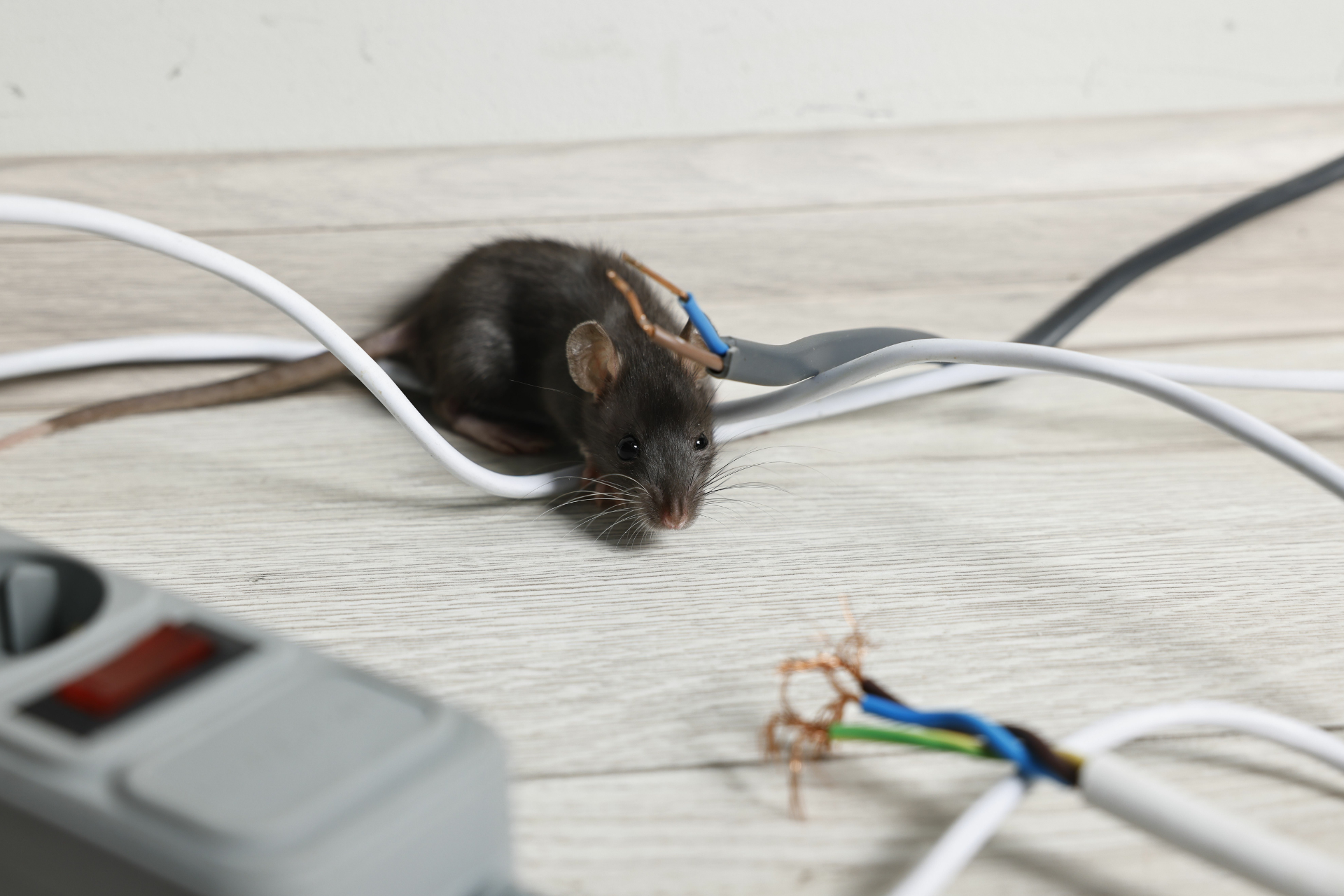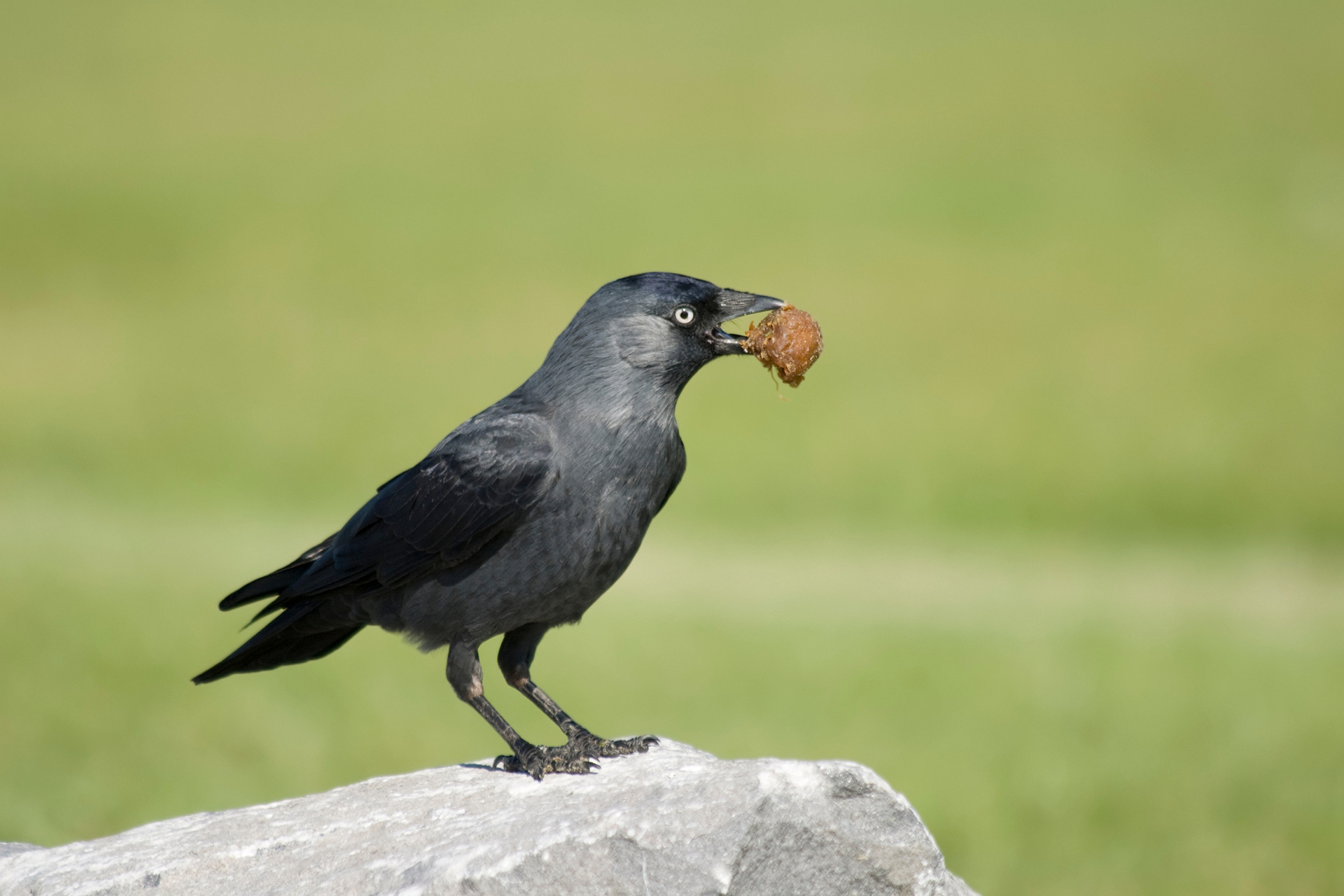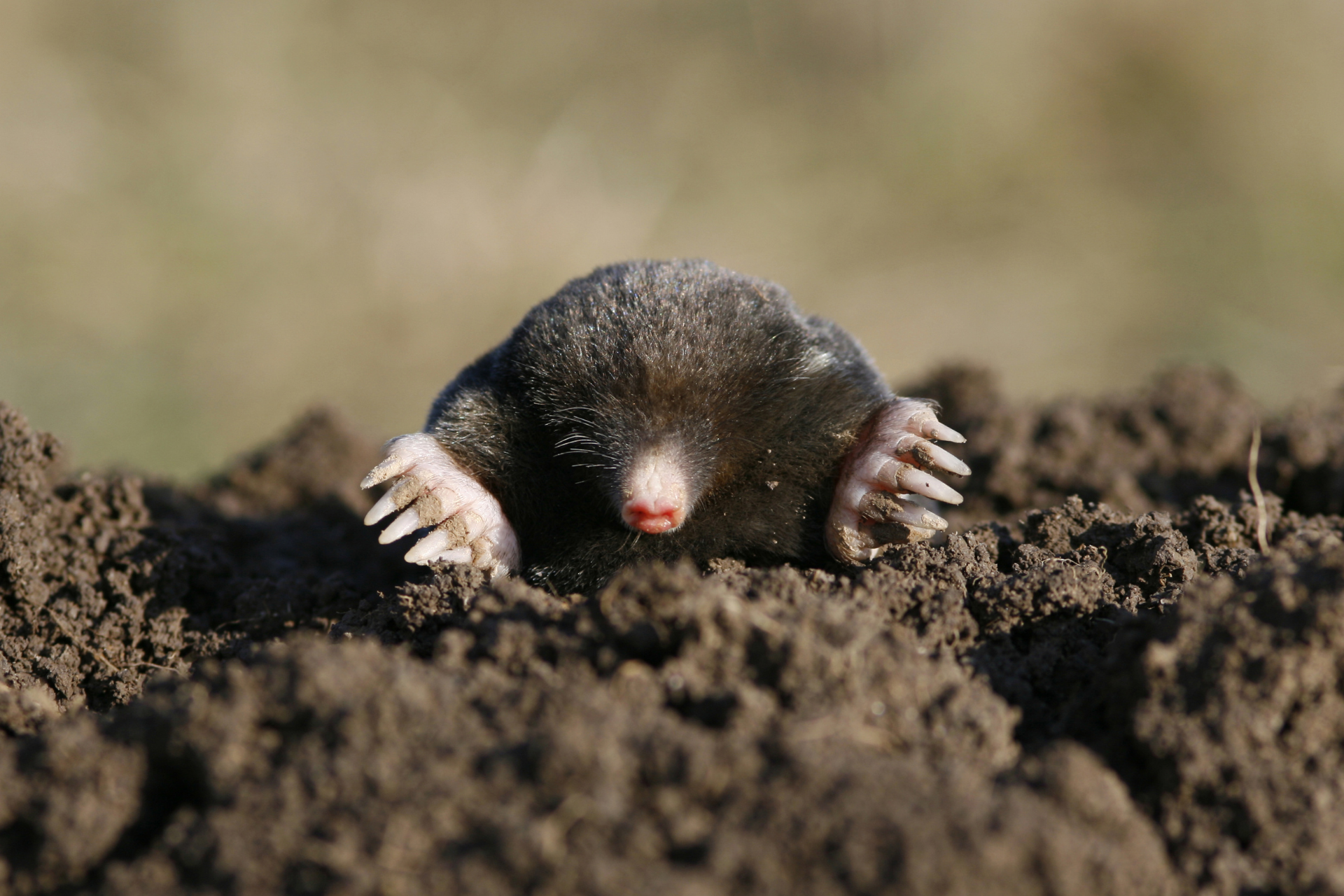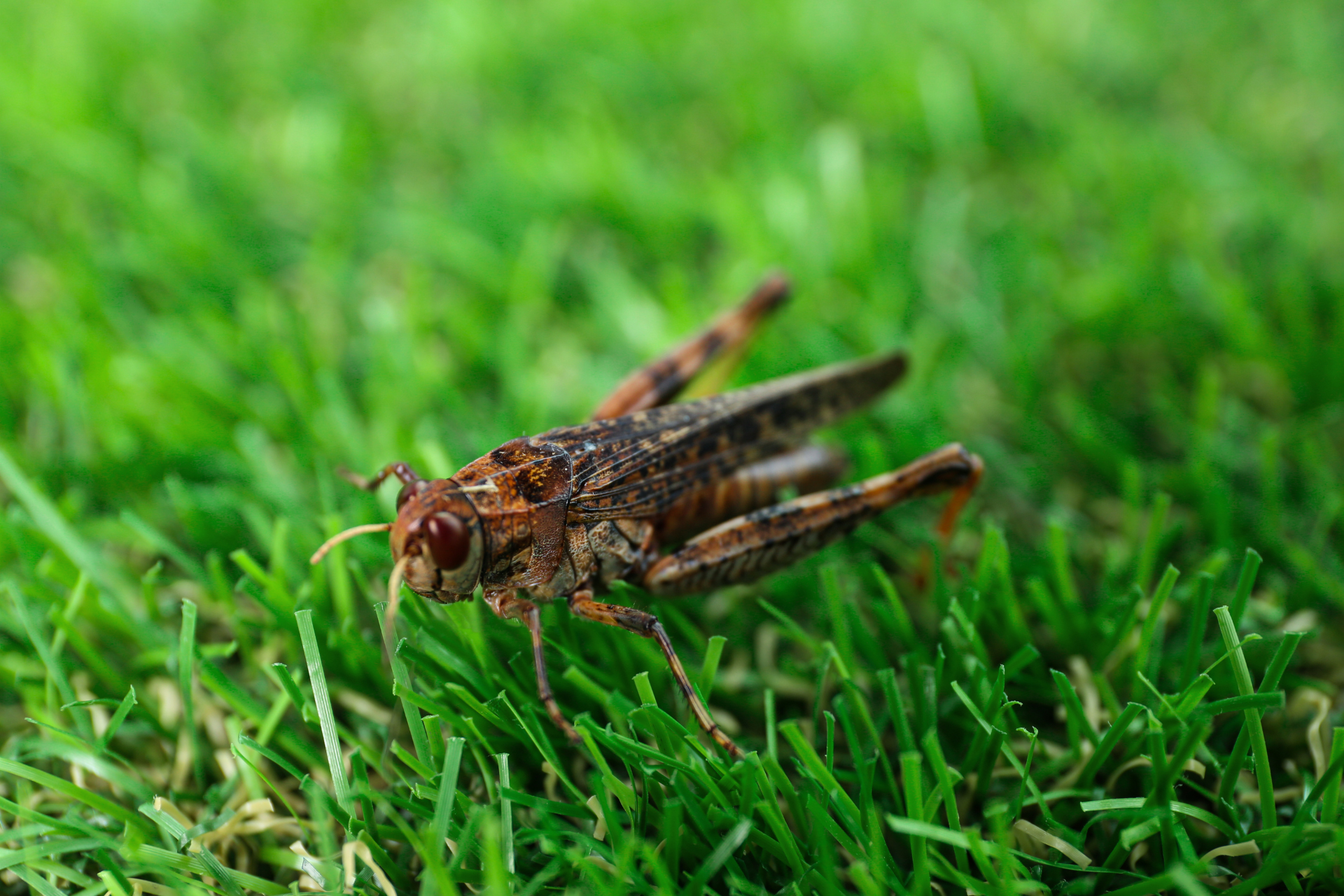Ant Reinfestation Solutions
Ants are some of the most persistent creatures you’ll ever encounter. You think you’ve wiped them out, only to find them streaming across your kitchen counter again a week later. It’s frustrating, no doubt, but there’s more going on behind the scenes than just a random march of insects. When ants keep returning, it’s often because the root of the problem hasn’t been fully addressed. Understanding their behavior and what draws them in can make a huge difference when you’re trying to reclaim your space.
Let’s take a closer look at what really causes those repeat infestations—and what you can do to finally break the cycle.
The Scent Trail That Brings Them Back
Ants don’t just wander aimlessly into your home. They’re guided by invisible highways made of scent—pheromone trails laid down by the first scouts to find a food source. Once a single ant discovers something worth sharing, like a stray crumb or a sticky spill, it leaves a chemical breadcrumb trail back to the colony. That scent acts like a blinking neon sign to the rest of the crew: food this way.
This trail system is remarkably efficient. Even if you wipe the surface clean, if the pheromones linger underneath or in the cracks, other ants will still pick up the scent and follow it. That’s one of the key reasons infestations feel so stubborn. You think you’ve cleaned everything, but the trail is still there, drawing them in like clockwork.
The solution isn’t just wiping up the ants themselves. You need to eliminate the entire trail and deal with the source colony. That means going beyond surface cleaning—using the right agents to break down the pheromones and taking steps to cut off what the ants are searching for in the first place.
What’s Really Drawing Them In?
At the heart of every ant invasion is a simple motive: survival. They’re after food, water, and shelter—basic needs that your home just happens to offer in abundance. It doesn’t take much to get their attention. A few drops of juice behind the trash can. A forgotten dog bowl. Even high humidity in a quiet corner of your home can be enough to spark interest.
And it’s not just sweets. Depending on the species, ants can be after proteins, fats, or even moisture. Carpenter ants, for instance, are more interested in nesting in damp wood than scavenging in your pantry. Others may go for grease, grains, or even the residue in your garbage disposal.
That’s why infestations can feel like a game of whack-a-mole. You clean the counter, but they’re in the wall. You take out the trash, but they’re around the dishwasher. The moment one pathway is blocked, they look for another—and because they’re tiny and resourceful, they often find it.
Getting control over the situation starts with reducing the things that attract them in the first place. That means being consistent about cleaning, checking for moisture issues, sealing up entry points, and paying attention to those often-overlooked hiding spots. It’s not about making your home completely ant-proof—it’s about making it less appealing than the alternatives outside.
The Hidden World You Don’t See
What makes ants so maddening is how much of their activity is hidden from plain sight. You might only see a dozen on the floor, but there could be thousands more nestled behind a baseboard, inside a wall void, or under the slab foundation. They’re incredibly good at staying out of view until they’ve already set up shop.
Even worse, when you attack them with sprays or repellents, you may just be scattering them. Some ant colonies respond to threat by budding—splitting into multiple smaller colonies and setting up shop in new locations nearby. What was one nest becomes three. The ants disappear for a few days, then suddenly come back worse than before.
That’s why it’s not just about what you can see. Real control means treating the source. Baits tend to work better than contact killers because they’re carried back to the nest and shared. It takes patience, but the long-term impact is far more effective. Still, this kind of work requires a good understanding of ant behavior—what they’re after, where they’re likely nesting, and how to intercept them without making things worse.
Sometimes the signs are subtle. A soft clicking noise in the wall, tiny wood shavings on the floor, a faint rustle near the baseboards. If you’re noticing these things along with trails of ants, chances are the colony is already well-established.
Why DIY Methods Don’t Cut It For Long
There’s a whole aisle of ant sprays, gels, and traps in every hardware store, and they might offer temporary relief. But if you’re dealing with a reinfestation, odds are you need more than just surface-level solutions. Most store-bought treatments are reactive—they kill what’s in front of you but don’t deal with the deeper, more complex structure of the colony.
Ants are extremely adaptive. If they sense danger, they can change routes, abandon nests, or reroute their scouts. You could be spraying one line of ants while a second group is quietly building a satellite colony under your floor. It’s not that these over-the-counter methods are useless—it’s that they’re limited. They don’t get to the heart of the problem, and in many cases, they can make it worse by stressing the colony and triggering a defensive response.
On top of that, it’s difficult to identify the species accurately without experience. And without that, you’re basically guessing when it comes to treatment. What works for Argentine ants might not work for odorous house ants. What deters one group might attract another. That kind of trial-and-error not only wastes time—it gives the colony more opportunity to spread.
Let’s Put An End To The Cycle
Ants that keep coming back are more than a nuisance—they’re a sign that something’s been missed. Whether it’s hidden scent trails, an undetected nest, or just the perfect combination of food and moisture, they’ve found something they like. And unless those conditions change, they’re going to keep showing up.
At 101 Gopher and Pest Control, we understand how ants operate, and more importantly, how to break the pattern. Our goal isn’t just to treat what’s visible—it’s to dig deeper, identify the root cause, and disrupt the cycle that allows ants to return again and again.
If you’re tired of temporary fixes and want real results, reach out to our team. We’ll inspect the property, pinpoint the problem, and develop a custom approach that goes beyond surface-level solutions. Contact us today, and let’s reclaim your space—for good.
About Us
We have been providing expert pest control service to customers across Ventura and Los Angeles Counties for more than 20 years.
All Rights Reserved | 101 Gopher & Pest Control










